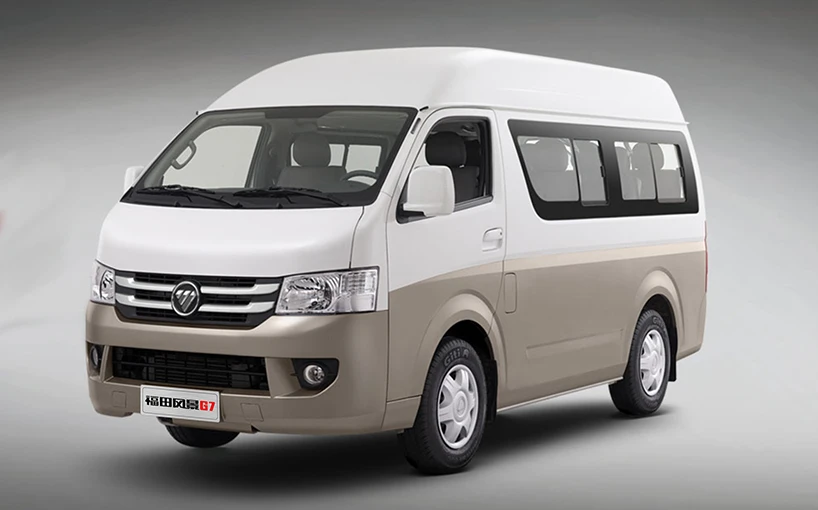Exploring DCT Transmission Technology and Its Impact on Modern Communication Systems
Understanding DCT Transmission An Overview
DCT, or Dual Clutch Transmission, has become a crucial component in the automotive industry, blending the efficiency of manual transmission with the convenience of automatic systems. This technology is a game-changer for modern vehicles, providing enhanced performance, fuel efficiency, and a smoother driving experience. In this article, we delve into what DCT transmission is, how it works, its advantages, and its applications in today's automotive landscape.
What is DCT Transmission?
DCT, or Dual Clutch Transmission, is an advanced automotive transmission technology that utilizes two separate clutches for different sets of gears. These clutches operate independently, allowing for faster gear shifts and improved performance. While one clutch engages the current gear, the other is actively preparing the next gear, enabling rapid transitions that minimize power loss during shifting.
This innovative design distinguishes DCT from conventional automatic and manual transmissions. Traditional automatic transmissions often employ a torque converter, which can introduce latency and a less engaging driving experience. Conversely, manual transmissions require driver intervention to shift gears, which, while providing greater control, may not be feasible for all drivers or driving conditions.
How Does DCT Work?
The functioning of a DCT transmission can be likened to that of a sequential gearbox, where gear changes occur in a preset order. DCTs typically consist of two input shafts, each connected to a clutch. The first input shaft handles the odd-numbered gears (1, 3, 5), while the second manages the even-numbered gears (2, 4, 6).
When a driver accelerates, the system selects the appropriate gear through the relevant clutch. As the vehicle gains momentum and approaches the need for a gear change, the DCT pre-selects the next gear on the second shaft. This pre-selection means that when it’s time to shift, the transition occurs almost instantaneously as the first clutch disengages while the second simultaneously engages the next gear. This unique mechanism allows DCTs to achieve faster gear shifts than traditional automatic transmissions or conventional manuals.
Advantages of DCT Transmission
dct transmission

1. Enhanced Fuel Efficiency DCT systems optimize engine performance and efficiency. By ensuring quicker shifts and less power loss, vehicles equipped with DCTs often achieve better fuel economy compared to their automatic counterparts.
2. Faster Gear Changes One of the standout features of DCT transmission is its ability to execute shifts in a fraction of a second. This rapid response time significantly enhances vehicle acceleration and driving dynamics, making it a popular choice for performance-oriented models.
3. Improved Driving Experience Many drivers appreciate the combination of control and convenience that DCTs offer. The dual-clutch system allows for manual shifting modes, providing enthusiasts with the thrill of manual gear changes without the intricacies of a traditional manual transmission.
4. Reduced Shift Shock The pre-selection of gears in a DCT minimizes the shift shock typically associated with traditional systems. This leads to smoother and more seamless transitions, enhancing passenger comfort.
Applications of DCT Transmission
DCT technology has found its place in a variety of vehicles across different segments. From performance cars like the Volkswagen GTI to luxury models from manufacturers such as Audi and Porsche, DCTs are implemented widely due to their efficiency and performance benefits. Moreover, as the automotive industry moves towards electrification, DCTs are being integrated into hybrid models, where their efficiency can complement electric motors for improved overall performance.
Conclusion
In summary, Dual Clutch Transmission represents a significant advancement in automotive technology, blending the control of manual transmissions with the ease of automatics. With advantages such as improved fuel efficiency, faster gear shifts, and a more engaging driving experience, it is no surprise that DCT has gained popularity among manufacturers and car enthusiasts alike. As we move towards a future dominated by electric and hybrid vehicles, the role of DCT technology is likely to expand, continuing to influence how we drive and experience our vehicles. Whether on a racetrack or on daily commutes, DCT is poised to define the next wave of automotive innovation.
-
2BFY Traction Series Grain Fertilizer Seeder - Chenyang GroupNewsAug.01,2025
-
2BFY Traction Series Grain Fertilizer Seeder - Chenyang Group|Integrated Seeding&FertilizingNewsAug.01,2025
-
2BFY Traction Series Grain Fertilizer Seeder-Chenyang GroupNewsJul.31,2025
-
2BFY Traction Series Grain Fertilizer Seeder-Chenyang Group|Integrated Seeding,FertilizingNewsJul.31,2025
-
2BFY Traction Series Grain Fertilizer Seeder-Chenyang Group|Precision Farming,Agricultural MachineryNewsJul.30,2025
-
2BFY Traction Series Grain Fertilizer Seeder-Chenyang Group|Precision Farming SolutionsNewsJul.30,2025
Popular products

























